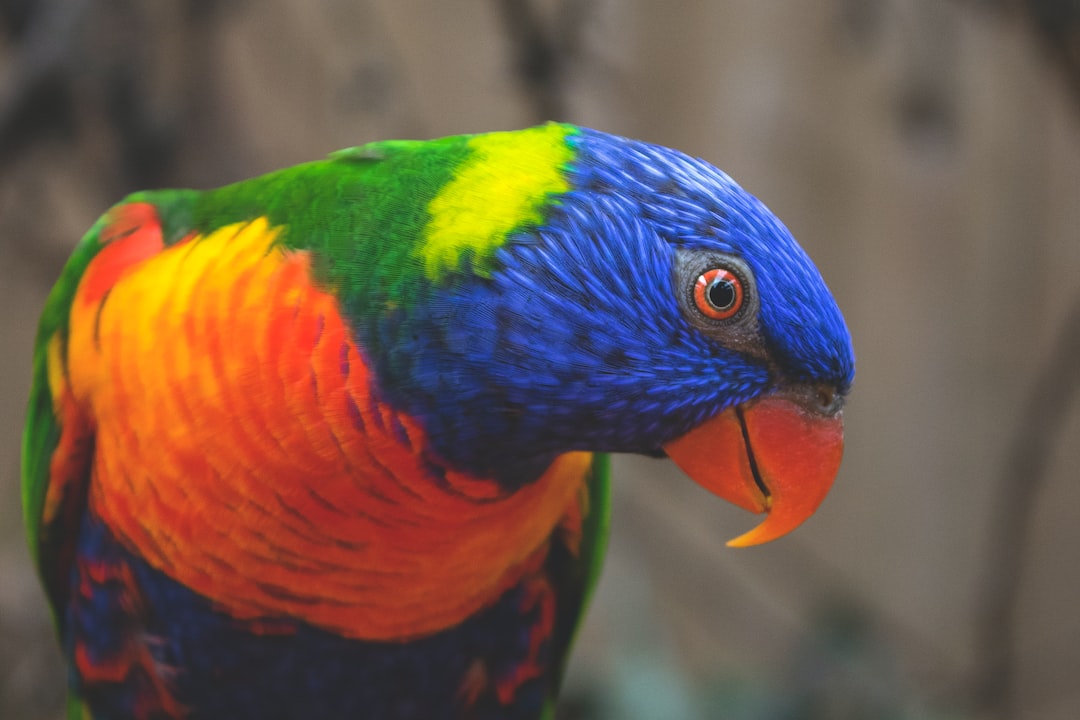Animals have always fascinated humans with their unique characteristics and behaviors. However, the classification of animals into two types, domestic and wild, is based on the type of relationship they have with humans. Domestic animals are those that have been selectively bred by humans and maintained for a specific purpose while wild animals belong to the natural habitat and wilderness. The differences between domestic and wild animals are numerous, ranging from their behavior to their physical characteristics.
One of the most striking differences between domestic and wild animals is their behavior. Domestic animals like dogs and cats have adapted to living with humans in homes and are often friendly and affectionate. They are used to being fed and having regular contact with humans, and as such, they are docile and easy to handle. Wild animals, on the other hand, can be unpredictable and dangerous. They are not used to close human contact and are often territorial and aggressive.
Another essential difference is the habitat or the environment they live in. Domestic animals live in a controlled environment such as homes, farms, and zoos, whereas wild animals live in their natural habitat. Domestic animals have a predictable routine, and their life revolves around their human caretakers, whereas wild animals have a life filled with the struggle for survival. Their habitat is often in remote areas that are not easy to access, and they are used to living off the land.
Physical features of domestic and wild animals are also different. For example, domestic animals like cows and pigs have been bred over generations to produce desirable traits that make them perfect for human use. They are often bred for their meat, milk or for labor purposes, and their physical features have been altered for the specific purpose. Wild animals, however, have adapted to their natural habitat and have physical features that help them survive in their environment. They are perfectly adapted to hunt, forage and evade predators in their natural habitats.
Another crucial difference between domestic and wild animals is their diet. Domestic animals are often given a specific type of food to keep them healthy, whereas wild animals eat whatever they can find in their environment. They must forage, hunt, and scavenge for food to survive. The diet of wild animals is often diverse, and they must adapt to the different types of food available to them.
In conclusion, domestic and wild animals have significant differences in terms of their behavior, habitat, physical characteristics, and diet. Domestic animals have been bred for specific purposes and are often dependent on humans, whereas wild animals live in their natural habitat and have adapted perfectly to survive. Caretakers of domestic animals should understand the differences and adjust their behavior accordingly to avoid accidents. Similarly, humans should respect the privacy and habitat of wild animals and avoid trying to domesticate them. Understanding these differences can lead to peaceful coexistence between humans and animals.
